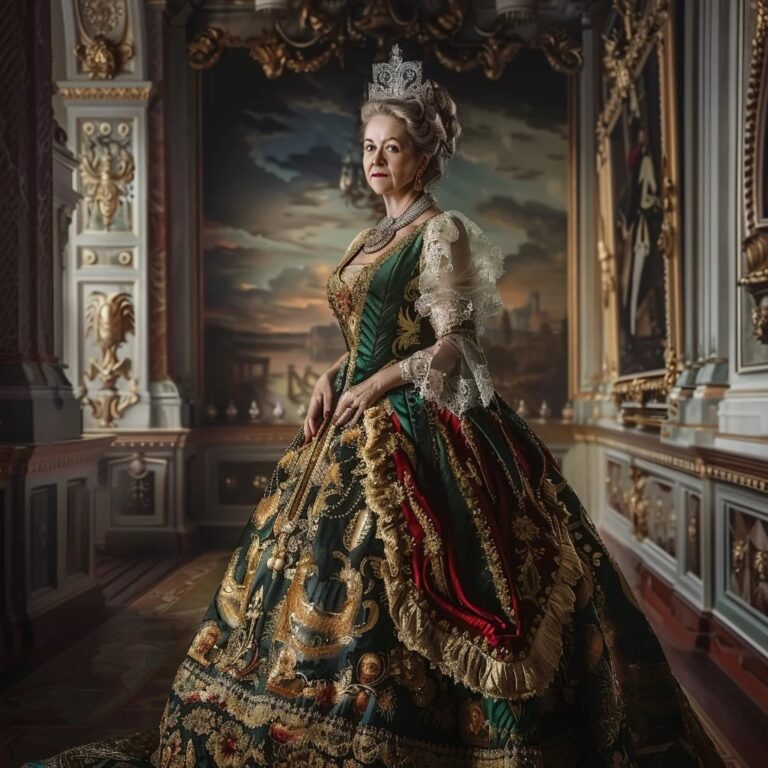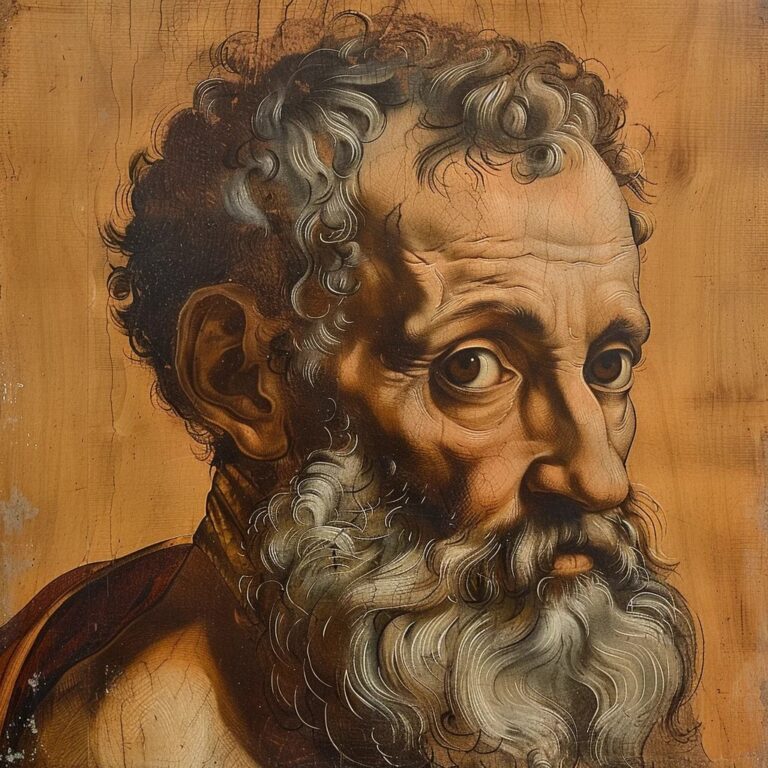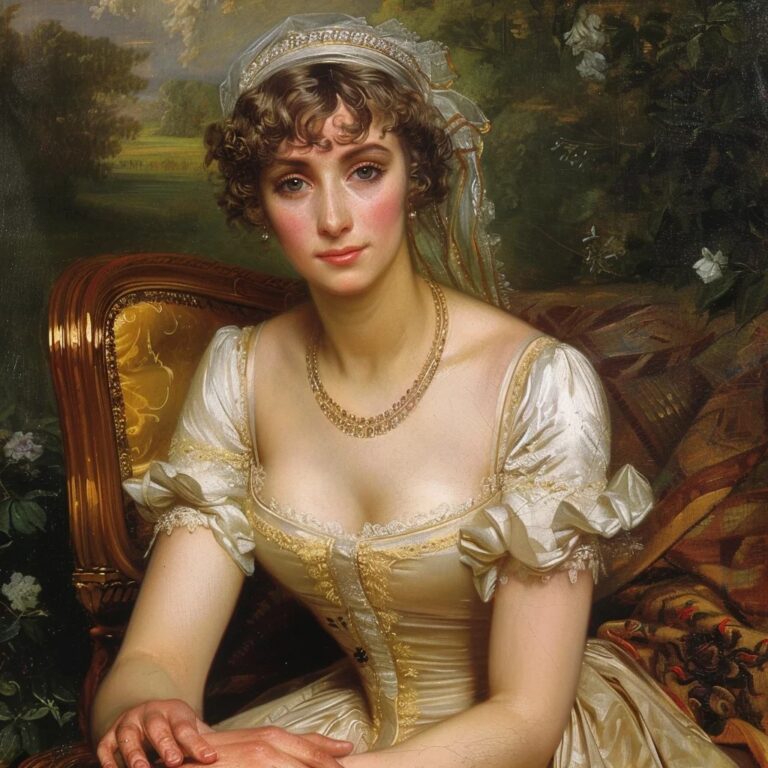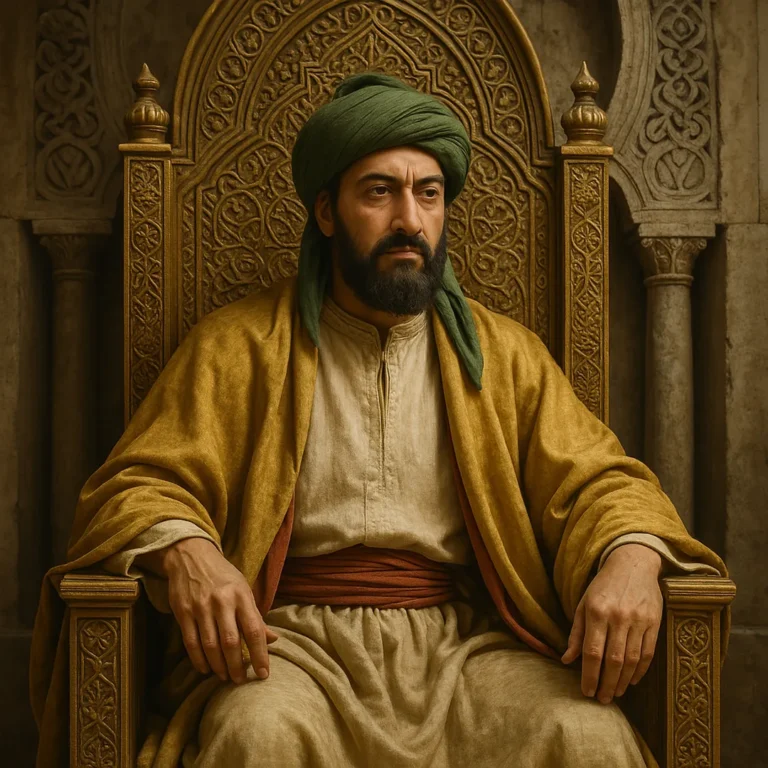Catherine was born as Sophie Friederike Auguste von Anhalt-Zerbst in 1729 in Prussia.
She married the future Emperor Peter III of Russia in 1745. Their marriage was arranged, and their relationship was notoriously strained, marked by personal and political differences.
Catherine overthrew her husband in a coup and became empress in 1762.
Her reign is known as the Golden Age of the Russian Empire. Additionally, historians recognize it for significant territorial expansion, cultural flourishing, and political reforms.
She expanded Russian territory significantly, including Crimea. Also Catherine participated in the three partitions of Poland with Prussia and Austria, annexing large portions of Polish territory and extending Russia's western borders.
She corresponded with prominent Enlightenment thinkers like Voltaire and Diderot.
Catherine established the Smolny Institute, Russia's first state-financed higher education institution for women.
She was a patron of the arts and founded the Hermitage Museum. She started it by acquiring a significant collection of Western European paintings from Berlin art dealer Johann Ernst Gotzkowsky.
Catherine modernized the Russian legal and administrative system. She introduced reforms inspired by Enlightenment ideas to make the laws more rational and fair.
She was involved in numerous love affairs and had several prominent favorites. These relationships were both romantic and political.
Catherine's reign saw the expansion of the Russian nobility's power.
She promoted vaccination against smallpox in Russia. She became one of the first people in the country to be inoculated.
She engaged in the Partition of Poland, expanding Russian influence in Eastern Europe.
Her reign lasted 34 years, making her one of Russia's longest-ruling female leaders.
Catherine's legacy is complex, with both great achievements and controversies.
How useful was this post?
Click on a star to rate it!



